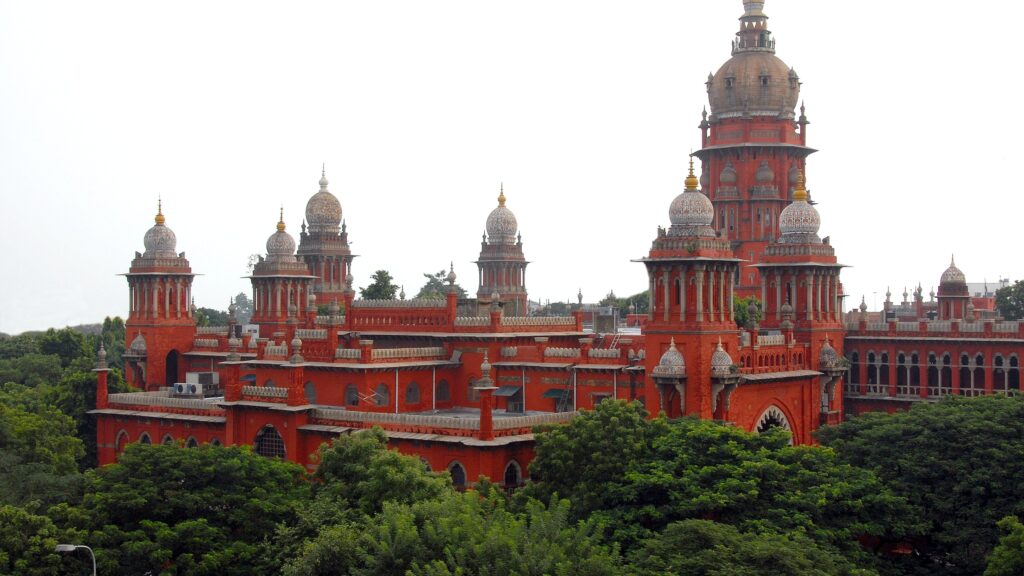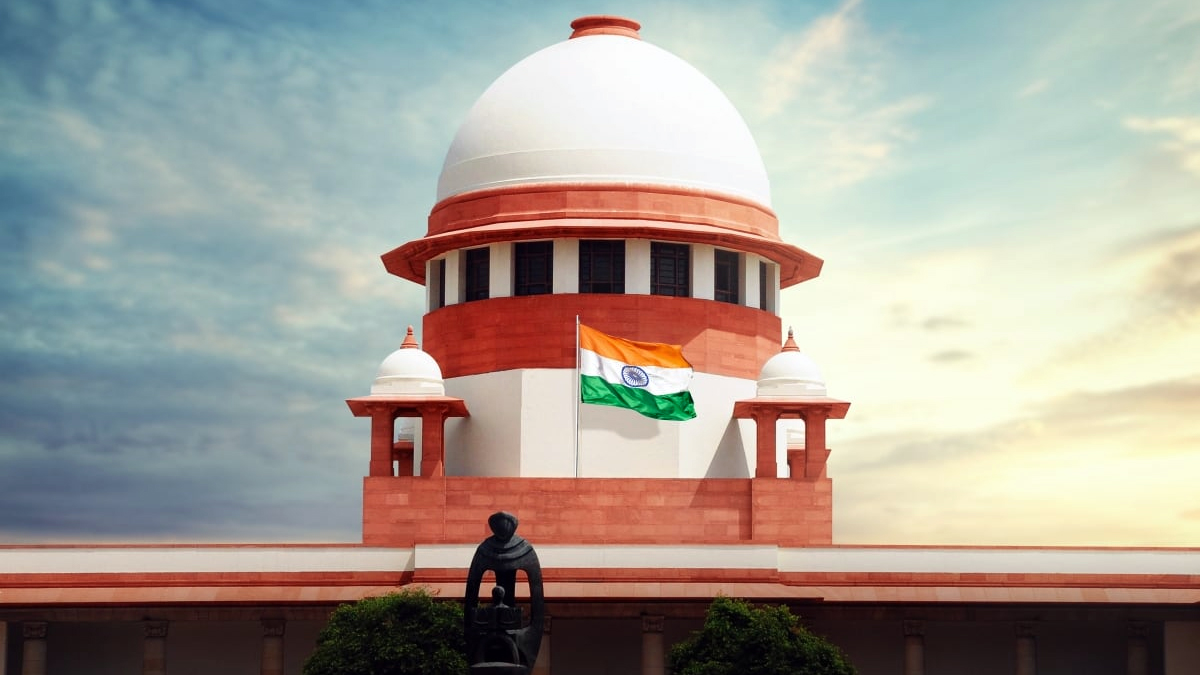
Unraveling the Aligarh Muslim University Minority Status Debate: A Historical Perspective
Last Updated on January 25, 2024 by News Desk
Introduction:
In the ongoing legal battle over the minority status of Aligarh Muslim University (AMU), Solicitor General Tushar Mehta presented a historical argument, contending that the British government had full control over the institution during its formative years. The case, revolving around Article 30 of the Constitution, witnessed Mehta emphasizing the non-minority administration appointed by the British, challenging the petitioners’ claims.
Issues Raised:
Mehta’s focus centered on the 1920 Aligarh Muslim University Act, asserting that the Lord Rector, appointed by the British, held supreme authority. He argued that the administrative team operated under the Lord Rector’s control, challenging the notion that daily administrators had discretionary power. The central issue emerged when Chief Justice D.Y. Chandrachud questioned whether AMU’s alignment with the British government jeopardized its claim as a minority institution.
Reasoning and Arguments:
Mehta delved into the intricacies of Section 13 of the AMU Act, underscoring the Lord Rector’s influence over the university’s governing bodies. He maintained that the 1920 Act, being substantive rather than regulatory, didn’t mandate Muslim administration, despite the majority of administrators being Muslim. The debate expanded to Article 28, with Mehta characterizing it as an “agnostic” provision, highlighting its equal application to all religious institutions irrespective of minority status.
The 1981 amendment came under scrutiny, with Chief Justice Chandrachud proposing its consideration. Mehta argued against duplicity, claiming the amendment should be evaluated to avoid a potential second round of arguments if the petitioners lost.
Conclusion:
As the arguments progressed, Mehta emphasized the correctness of Azeez Basha v Union of India, where the AMU’s minority status was challenged. He asserted that historical records, including statements by Justice M.C. Chagla, indicated that AMU was considered a government institution. The court grappled with the question of whether alignment with the British government implied a surrender of minority status and the relevance of the 1981 amendment.
In conclusion, the AMU minority status case unfolded as a complex interplay of historical context, legal provisions, and the evolving nature of educational institutions. The court’s decision is poised to shape the understanding of minority status and government control in educational institutions with profound implications for future cases.
Written — Athi Venkatesh




